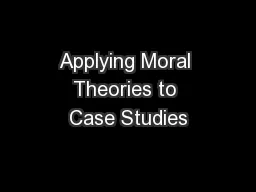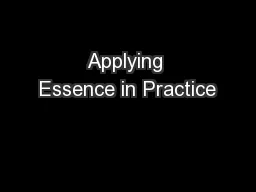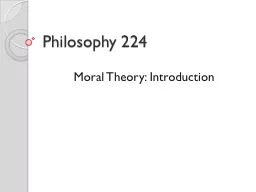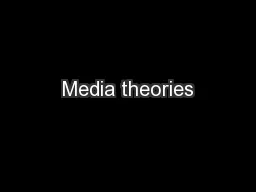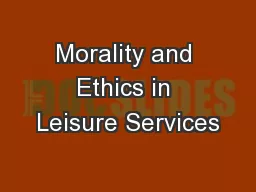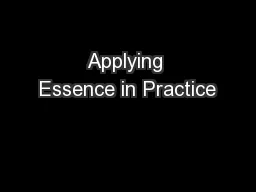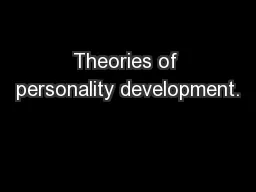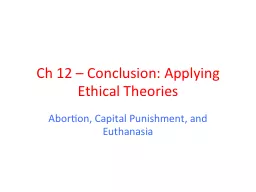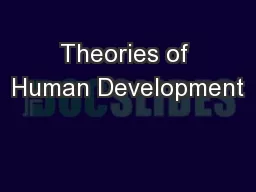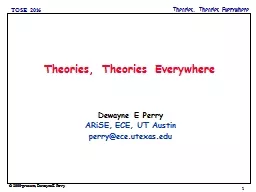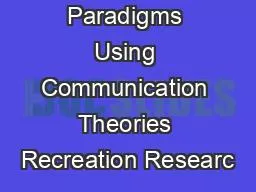PPT-Applying Moral Theories to Case Studies
Author : celsa-spraggs | Published Date : 2016-11-22
Ethics Across the Curriculum Two Approaches to Using Case Studies Two Approaches to Using Case Studies Values Clarification Presenting students cases and asking
Presentation Embed Code
Download Presentation
Download Presentation The PPT/PDF document "Applying Moral Theories to Case Studies" is the property of its rightful owner. Permission is granted to download and print the materials on this website for personal, non-commercial use only, and to display it on your personal computer provided you do not modify the materials and that you retain all copyright notices contained in the materials. By downloading content from our website, you accept the terms of this agreement.
Applying Moral Theories to Case Studies: Transcript
Download Rules Of Document
"Applying Moral Theories to Case Studies"The content belongs to its owner. You may download and print it for personal use, without modification, and keep all copyright notices. By downloading, you agree to these terms.
Related Documents

